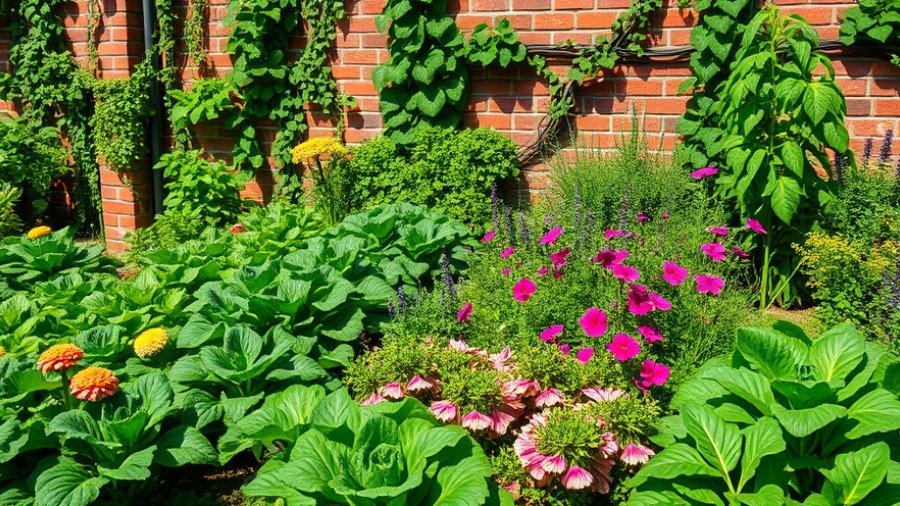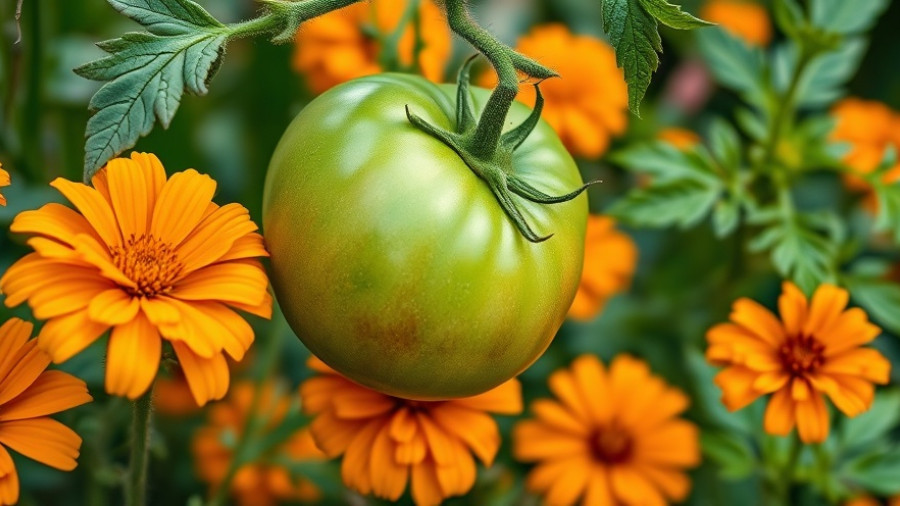
Why Companion Planting Matters for Your Garden
Have you ever grown vegetables only to watch them fail despite your best efforts? You’re not alone! Many gardeners encounter this problem, often without understanding the crucial role that plant partnerships play in their garden's success. Companion planting—growing different plants together for mutual benefits—can dramatically enhance crop yields and overall garden health.
Maximizing Garden Potential Through Smart Pairings
Companion planting can boost your vegetable yield by up to 25%. This is achieved by pairing plants that support each other, promoting better growth and health. For instance, tomatoes thrive alongside basil and carrots, as these crop pairings not only improve flavors but also naturally repel pests and support nutrient uptake. Conversely, plants like corn and potatoes can hinder the growth of tomatoes, demonstrating that knowing which crops to combine is essential.
Ideal Plant Combinations to Consider
Some classic examples of effective companion plantings include:
- Tomatoes & Basil: Not only do they taste great together, basil enhances the flavor of tomatoes and keeps harmful insects at bay.
- Carrots & Peas: While carrots improve soil structure, peas add nitrogen, making for a harmonious growth environment.
- Onions & Lettuce: Their differing root depths ensure they can share space without competing for the same nutrients.
The Science Behind Companion Planting
Companion planting is founded on a variety of scientific principles. Some plants exude beneficial chemicals, attracting beneficial insects while others can deter pests. For example, marigolds are renowned for their ability to repel harmful nematodes, while leguminous plants like beans enrich the soil with nitrogen, vital for heavier feeders like corn. This intricate network of support helps to create a thriving ecosystem within your garden beds.
Common Mistakes to Avoid
While companion planting can be beneficial, it’s essential to avoid combinations that are harmful to plant productivity. For instance, growing members of the cabbage family together can lead to infestations from pests that are attracted to these crops. Similarly, planting onions near beans can lead to stunted growth since both have very different soil preferences.
Your Companion Planting Action Plan
Ready to become a garden matchmaker? Here’s a simple action plan:
- Sketch out your raised bed layout, determining which vegetables you'd like to grow.
- Research companion planting charts to select which plants to place together.
- Arrange your vegetables and herbs thoughtfully, allowing for interaction and separation where necessary.
- Monitor growing conditions and adjust pairings based on performance!
By focusing on plant relationships rather than solely on soil and sunlight, you’ll empower your vegetables to flourish!
Call to Action
Unlock the full potential of your garden by implementing these companion planting strategies. Start making informed choices today and enjoy a bountiful harvest!
 Add Row
Add Row  Add
Add 




Write A Comment